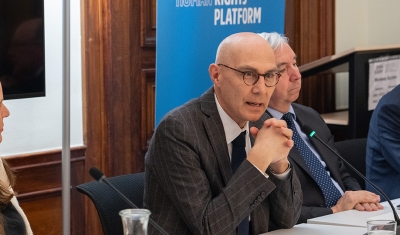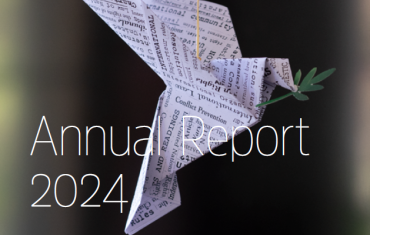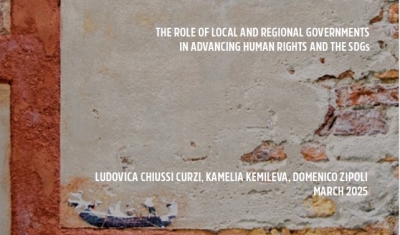GenTRACK is a tool that aims to highlight the situation of women and girls across Arab States. GenTRACK offers a comprehensive set of 194 gender indicators organized into four thematic areas and eight sub-themes. It provides data for 17 countries and territories from 2000 to date. It serves the purpose of monitoring and advancing gender equality and women's rights in the Arab States region, offering an inclusive perspective on the status/situation of women and girls.
GenTRACK allows a comprehensive analysis of gender data that relates to different aspects of life, including politics, public life, decision-making, the labor force, the private sector, and more. This information is crucial because it helps identify and address disparities and inequalities that arise from gender. Furthermore, by providing actionable insights and evidence, the tracking tool empowers policymakers, organizations, and advocates to develop targeted interventions, policies, and awareness campaigns aimed at reducing gender-based disparities and ensuring equitable treatment and opportunities for all genders.
GenTRACK platform is a collaborative effort, with input and data contributions from various international organizations. Entities such as the UN (including ILO, UN Women, and ESCWA), and the World Bank, among others, play pivotal roles in the development and utilization of GenTRACK. These organizations lead the shaping of GenTRACK's content by generating gender-related statistics, which are then integrated into the platform through the Application Programming Interfaces (APIs). They ensure the production of accurate and reliable data across a wide range of thematic areas.






